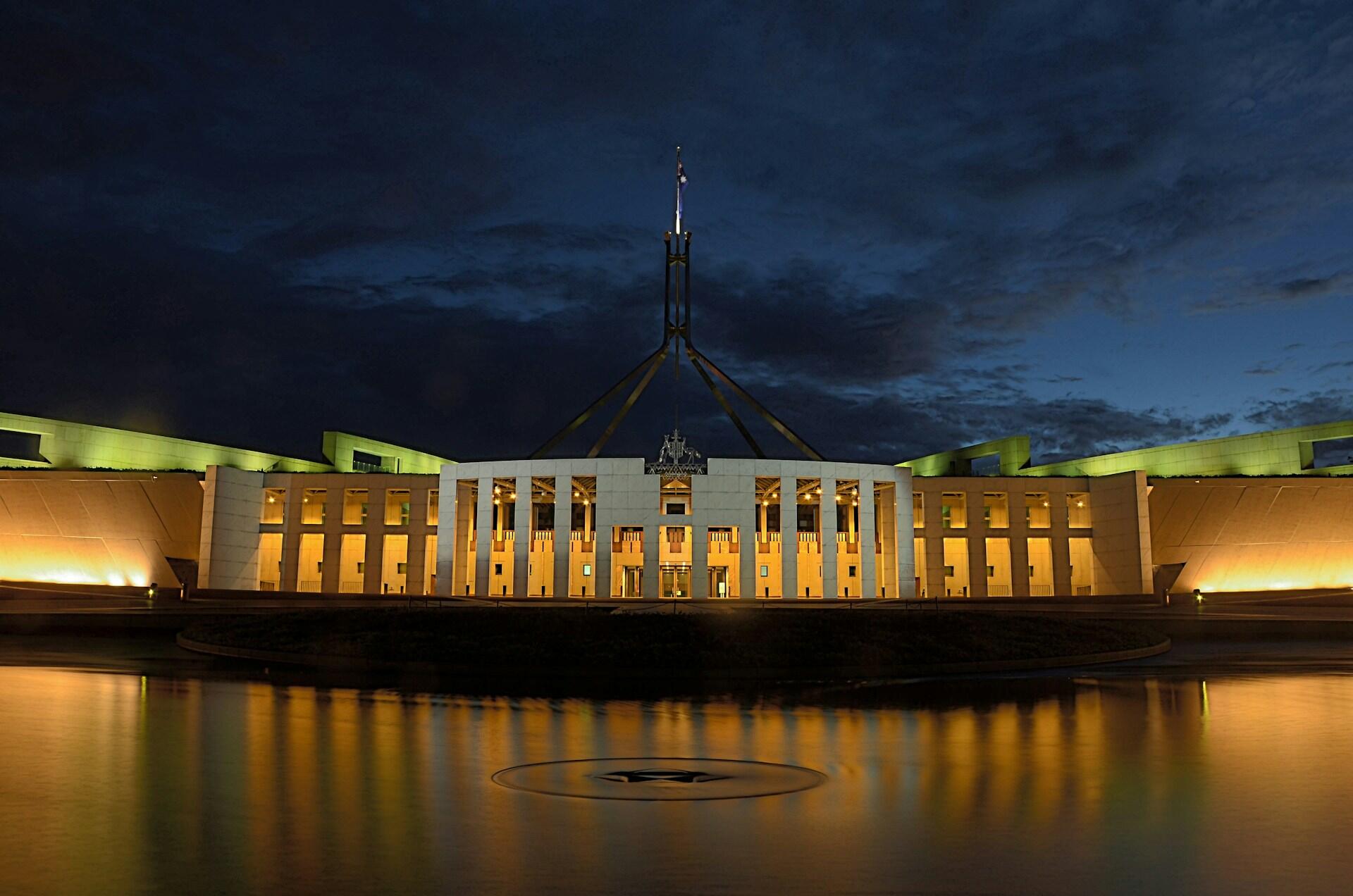Most of our recent Australian Prime Ministers have served a single 'term', and a contentious one, at that. Indeed, our most recent crop of government leaders cannot hold a candle to past Australian Prime Ministers. That assessment includes both their accomplishments, and how long they stayed in office. This article goes back 50 years, to review our last 10 Prime Ministers' records, accomplishments, and their public image.
| #️⃣Number | 🎩Name | 📆Dates of Service | 🏦Party affiliation |
|---|---|---|---|
| #31 | Anthony Albanese | May 23, 2022 to present | Labor |
| #30 | Scott Morrison | August 2018 to May 2022 | Liberal |
| #29 | Malcolm Turnbull | September 2015 to August 2018 | Liberal |
| #28 | Anthony John Abbott | September 2013 to September 2015 | Liberal |
| #27 | Kevin Rudd | June 2013 to September 2013 December 2007 to June 2010 | Labor |
| #26 | Julia Gillard | June 2010 to June 2013 | Labor |
| #25 | John Howard | March 1996 to December 2007 | Liberal |
| #24 | Paul Keating | December 1991 to March 1996 | Labor |
| #23 | Bob Hawke | March 1983 to December 1991 | Labor |
| #22 | Malcolm Fraser | November 1975 to March 1983 | Liberal |

The Current Australian Government: Anthony Albanese
Anthony Albanese is Australia's 31st Prime Minister, elected in May 2022. Born in Sydney to a single mother, "Albo" grew up in public housing and was the first in his family to finish university.
A Labor Party stalwart since his youth, he served as a senior minister in the Rudd-Gillard governments before becoming Opposition Leader in 2019. Known for his pragmatic approach to policy and passion for infrastructure, Albanese champions climate action, manufacturing and social equality.
After leading Labor to victory in the 2025 federal election, he became the first Prime Minister in 20 years to win back-to-back federal elections.
How Many Prime Ministers has Australia Had?
Anthony Albanese is Australia's 31st government leader, and he oversees the 47th Parliament. Those differing numbers make counting Australian Prime Ministers confusing.
As we noted in our article about how elections work in Australia, citizens do not vote for their Prime Minister. At least, not directly. We vote in federal elections, and the party that wins the most seats in Parliament chooses its leader as Prime Minister.
and description
Many of those elections saw the same party retain parliamentary power. So, those Prime Ministers continued to lead the government, unless (or until) the party lost confidence in them, or they resigned.
Then, members of Parliament (MPs) voted to replace their leader, resulting in a Prime Minister while Parliament is in session. That's how Australia ended up with 47 elections, but only 31 Prime Ministers.
Who Was Australia's First Prime Minister?
Edmund Barton, leader of the now-disbanded Protectionist Party, served as Prime Minister from 1 January 1901 to September 24, 1903.
Australia's first Prime Minister, Edmund Barton, put many of our current government systems in place. He was active in New South Wales politics from an early age, and became a leader in the Federation of the Australian Colonies. He also helped draft the Commonwealth Constitution.
He resigned his position to become a founding justice on Australia's High Court. He was a savvy politician, and well-regarded. Besides helping to form our government, he did a lot to shape Australian law.
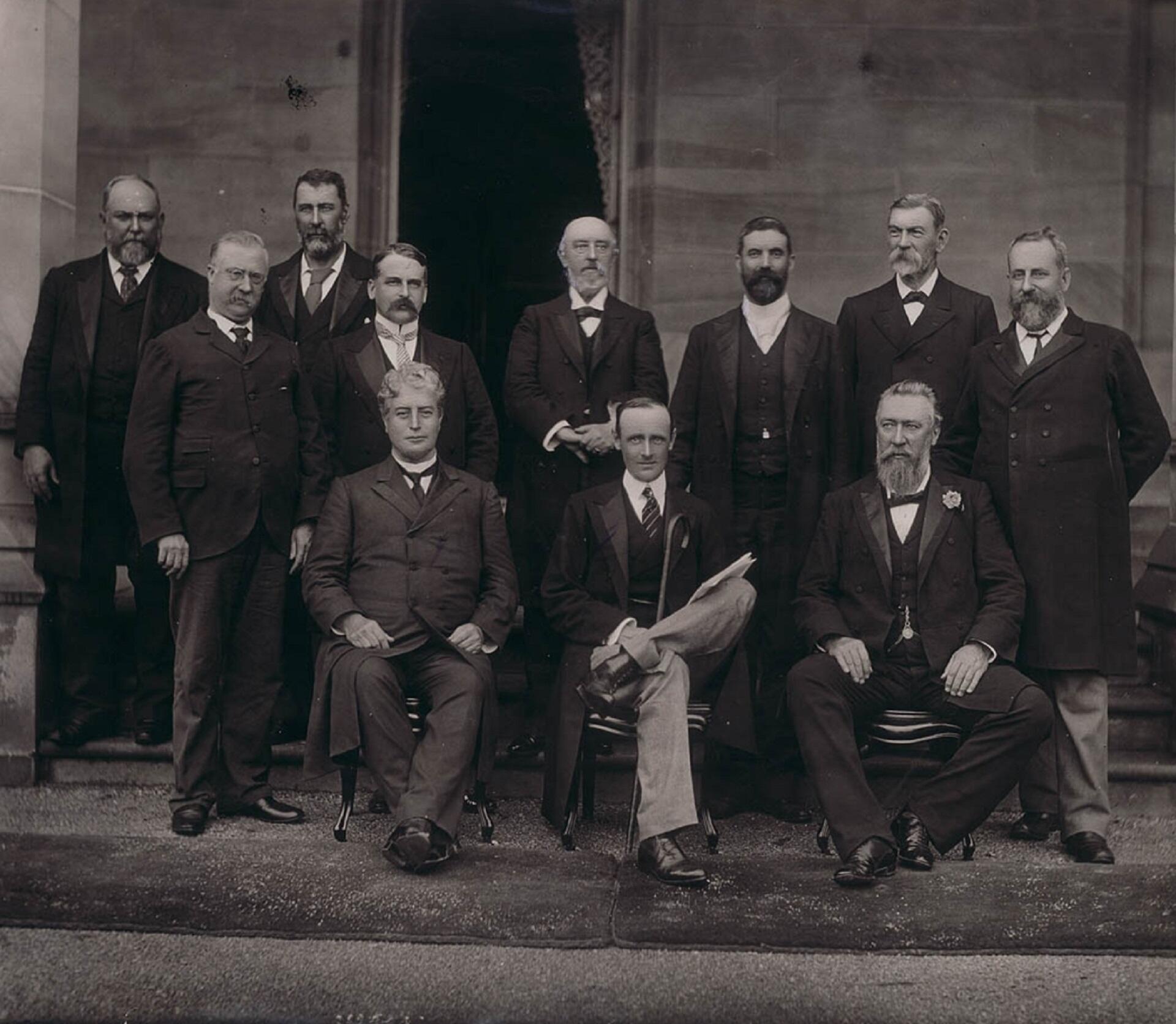
The Previous Prime Minister of Australia
Scott Morrison
Where Mr Albanese is considered milquetoast, Scott Morrison was all 'raging bull'. He angered many with callous statements (the 2010 asylum seeker boat disaster) and acts (holidaying during the 2019 brush fires).
His apparent addiction to giving lip service to citizens' concerns while playing for political favour led to further discredit. In all, his political career was rather short, just 17 years.
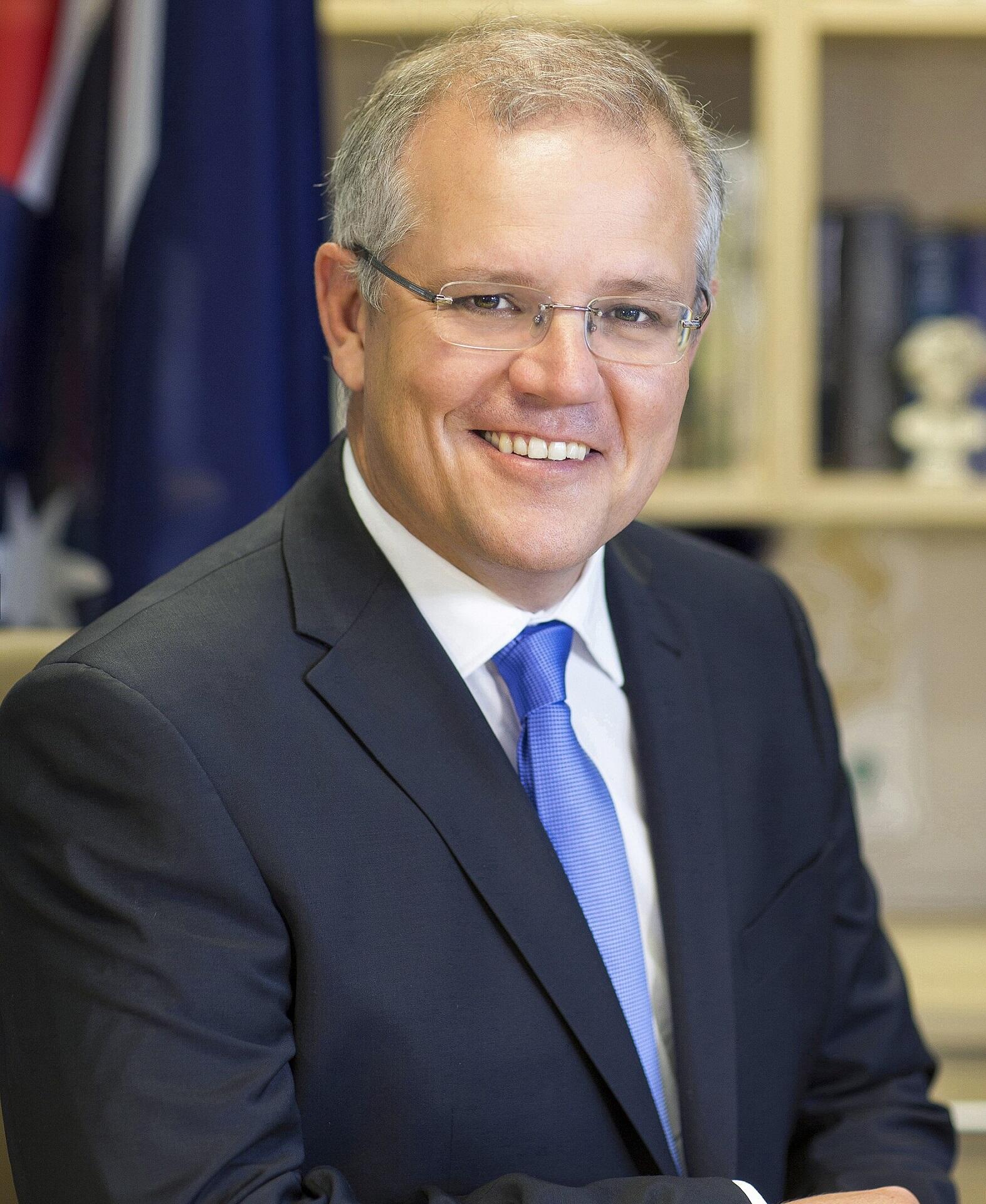
Party: Liberal
In office: from August 2018 to May 2022
Notable actions: the (dubious) AUKUS agreement; the Economic Cooperation and Trade Agreement (with India).
General perception: controversial, self-serving, and forceful, even when he didn't need to be.
Malcolm Turnbull
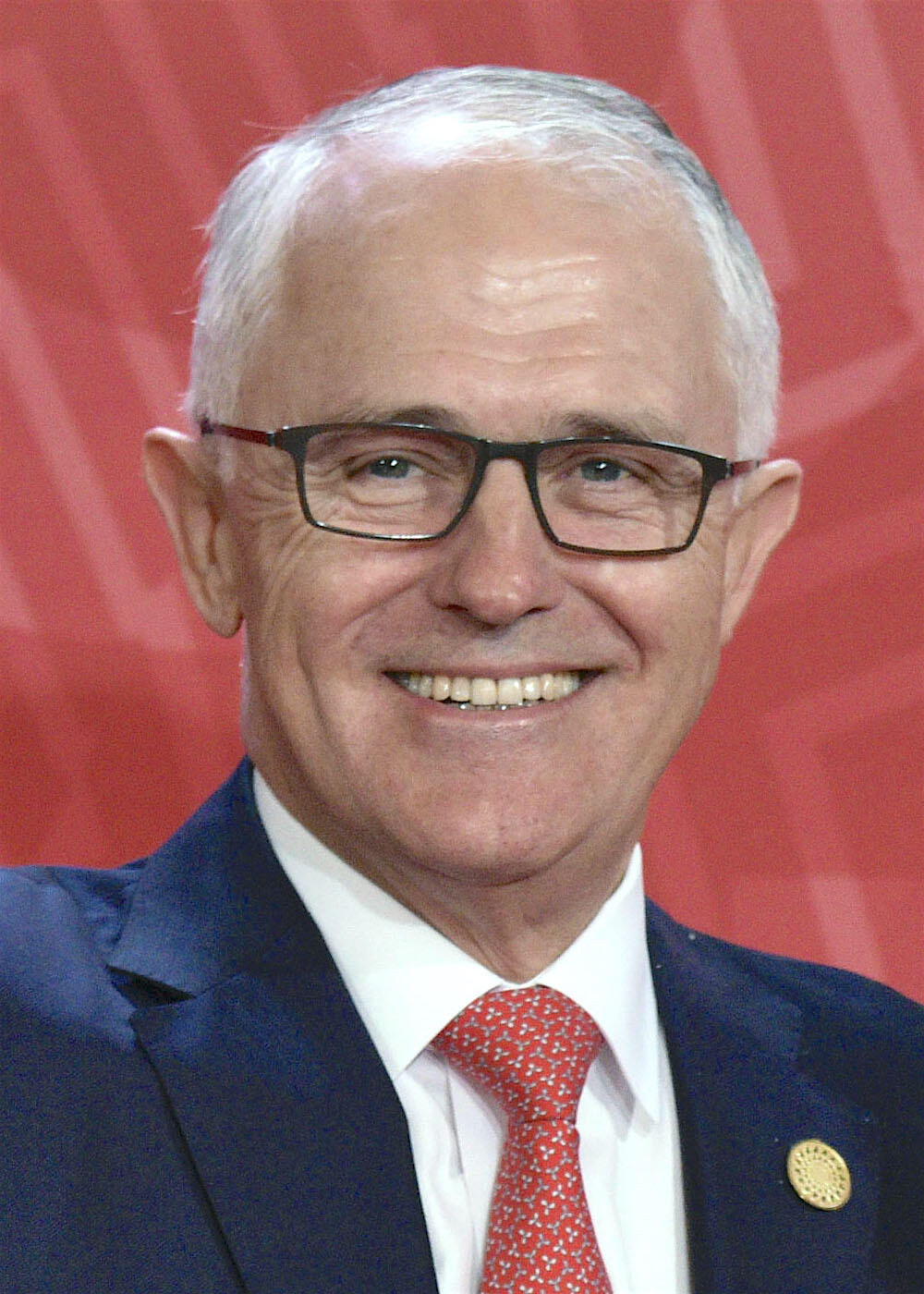
This Prime Minister came to power through the backwash of his predecessor's troubled tenure.
Turnbull was jockeying for position during the 2015 spill motion, hoping for it to fail, so he could toss his hat in the ring.
The motion failed, so Malcolm Turnbull decided to challenge the sitting Prime Minister outright.
Party: Liberal
In office: from September 2015 to August 2018
Notable actions: energy policies, legalised same-sex marriage, asylum seeker policy.
Public perception: generally seen as out of touch with normal Australian life.
Our guide to Australian democracy explains what a spill is, and why they happen. For now, we only need to know that this one was particularly thorny. It took a while for Australian politics to regain its footing, once this spill resolved.
Tony Abbott
The record places Tony Abbott among Australia's worst Prime Ministers, citing ineffective leadership, and harmful policies.
Kevin Rudd
Kevin Rudd's Labor ministership is unique in Australian history. He was in office from June 2013 to September 2013, and again from December 2007 to June 2010.
During that time, his government navigated the 2008 financial crisis, and caused leadership tensions throughout Parliament. Furthermore, he had a questionable relationship with PM Gillard.
Rudd was a polarising figure, whose early political career showed a lot of promise. He was legendary for his mania for control over every aspect of government.
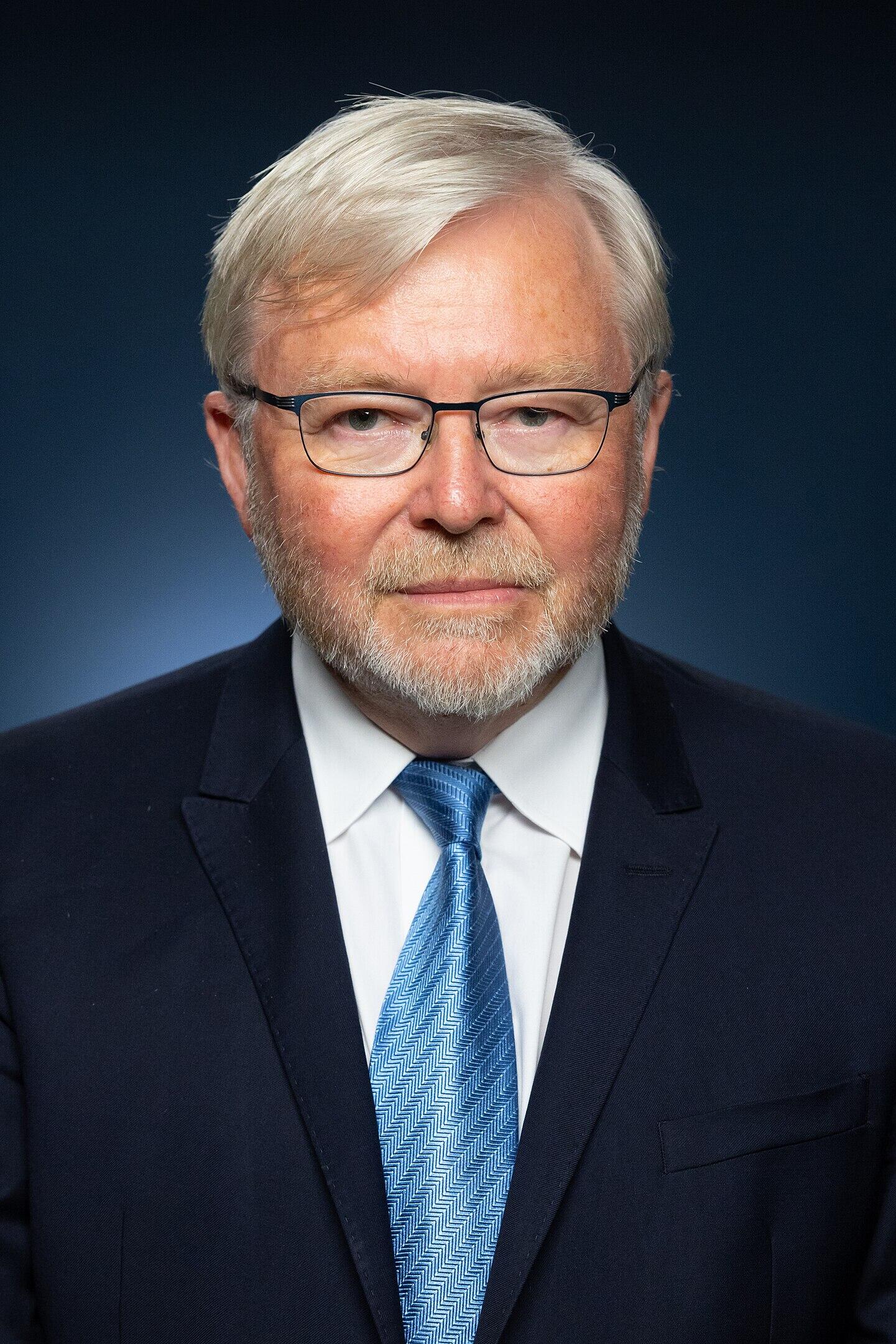
The structure of the Australian government helped mask many of Kevin Rudd's missteps; so did the political climate of the day. Still, it's a safe bet that such a level of micromanagement wouldn't sit well with today's voters, or politicians.
Rudd is one of two Australian Prime Ministers who served non-consecutive stints in office.
Robert Menzies, our longest-serving Prime Minister, is the only other one to have done so.
Julia Gillard
Julia was the first - and, so far, the only female Prime Minister in Australian history. She endured a lot of criticism for her policies and leadership; some of which was backlash from her dealings with Rudd.
Ms Gillard served as Prime Minister between Kevin Rudd's two stints in office.
Public denouncements were often graphic in nature, crude, and gender-based. Her misogyny speech might have been better received if she hadn't supported Peter Slipper, himself quite sexist and vulgar.
John Howard
John Howard served as Liberal Prime Minister from March 1996 to December 2007, 98 days shy of 12 years.
He made notable economic reforms, including a tax system based on consumption.
He spearheaded gun reform measures after the Port Arthur Massacre, and focused trade on Australia's nearest neighbours.
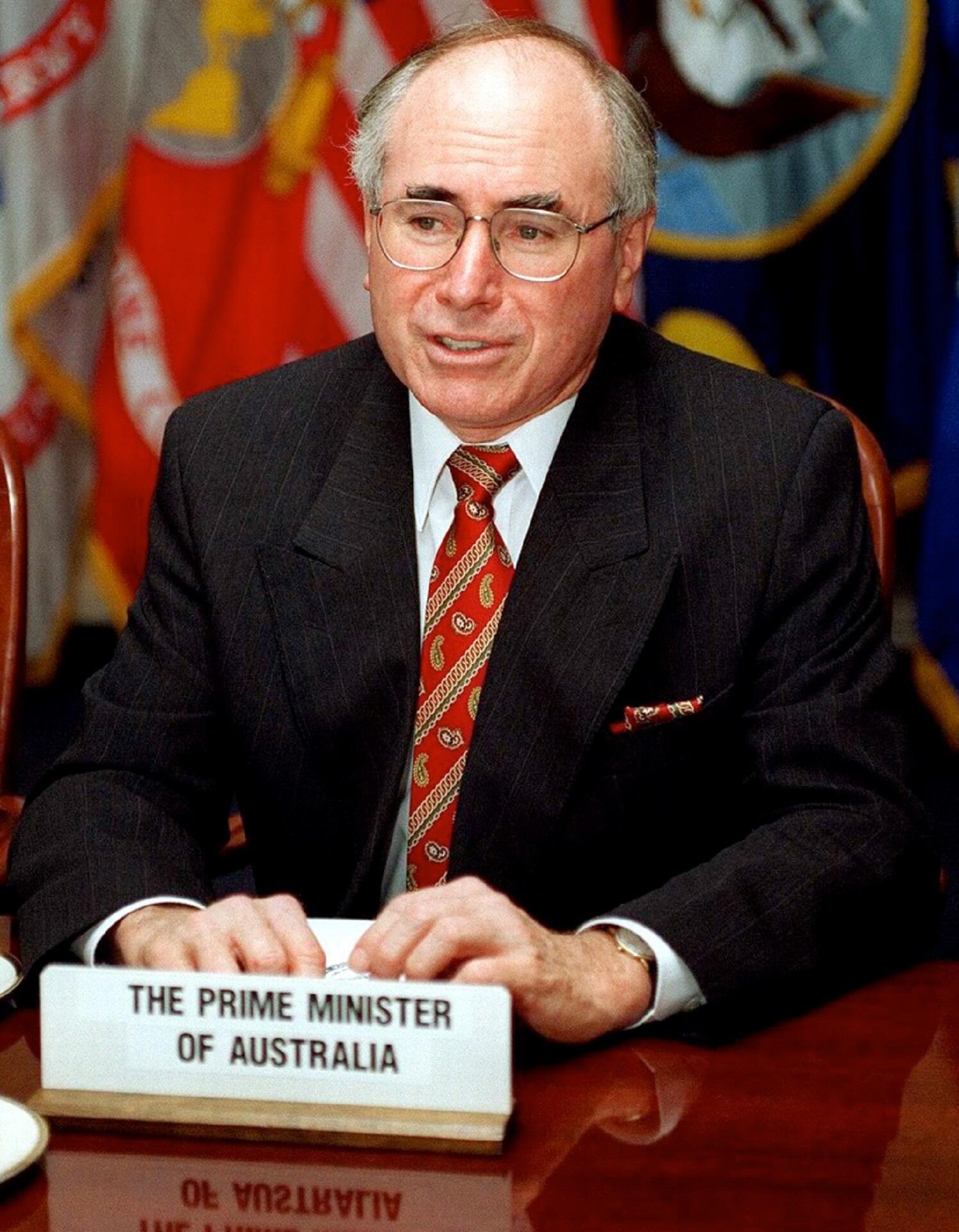
With 11 years, 267 days, John Howard is the longest-serving Prime Minister in recent history.
Robert Menzies served a total of 18 years and 168 days in office (1939 to 1941, and 1949 to 1966). He is Australia's longest-serving Prime Minister, ever.
Paul Keating
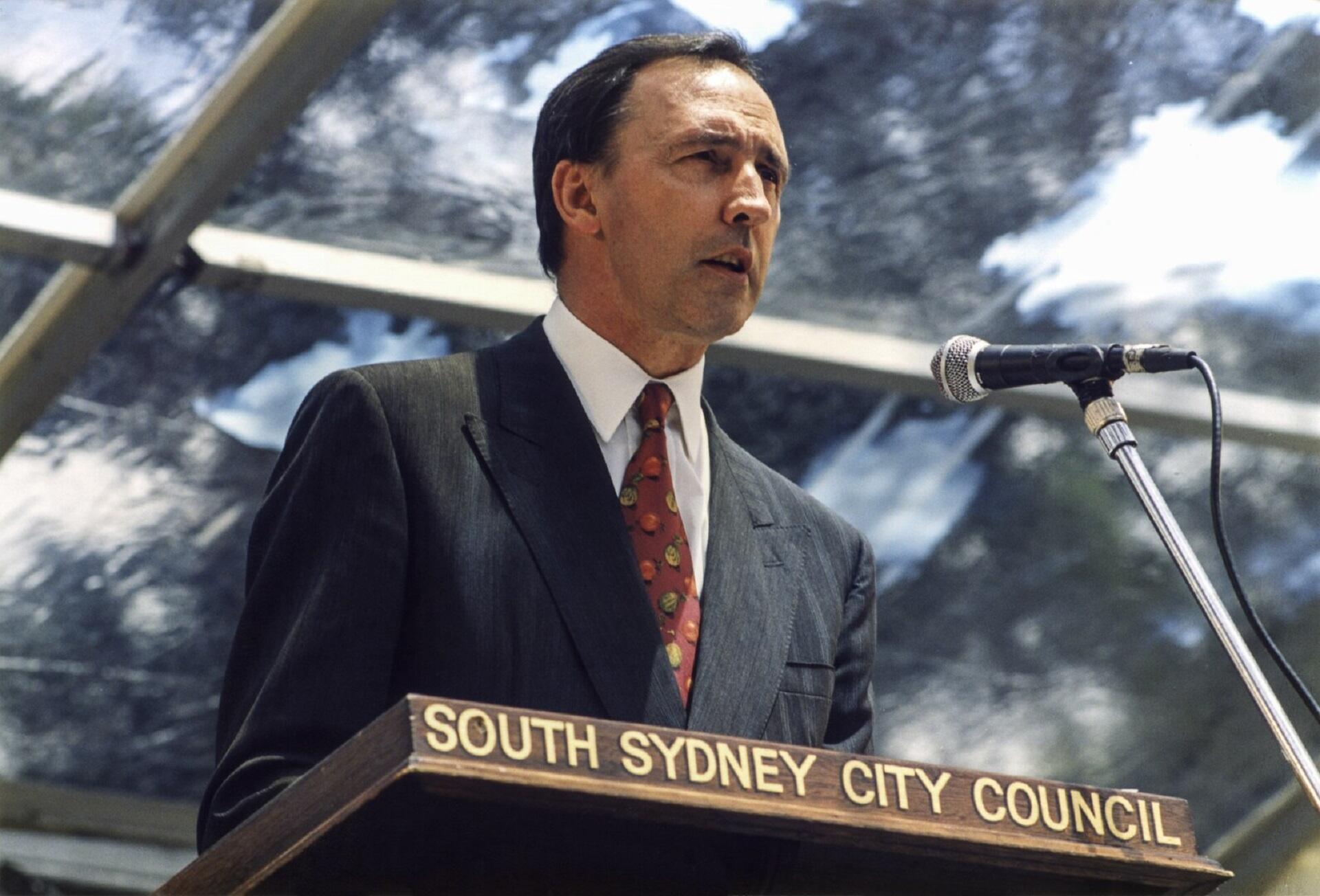
Paul held office from December 1991 to March 1996, a hopeful and progressive time in Australian politics. This Labor leader introduced the Disability Discrimination and Endangered Species Protection Acts, both in 1992.
The next year, he initiated the Creative Nation policy, to ensure more funding for the arts. But then, he said:
This is the recession we had to have.
Paul Keating
Paul was generally well-regarded as Treasurer and, later, as Prime Minister. Still, people saw that comment as insensitive to struggling citizens. Political analysts credit his perceived arrogance as a determining factor in the 1996 election, which his Labor party lost.
Party politics are tricky in Australia, as elsewhere in the world, particularly when the opposing party senses weakness or loss of faith.
Bob Hawke:
Bob Hawke occupied the Prime Minister's office from March 1983 to December 1991, 70 days shy of nine years. In that time, this Labor leader initiated or oversaw many noteworthy matters:
- Established the wet tropics of Queensland Heritage Site
- Led the HIV-AIDS public health campaign
- vetoed the Franklin Dam construction program
- Oversaw the Higher Education Contributions Scheme
Bob Hawke also tackled Indigenous Land Rights reform, a widely praised initiative, but events derailed the preliminary inquiries. Still, he and the government he led enjoyed broad support, and he remains a respected figure in Australian politics.
Malcolm Fraser
However, his role in the 1975 constitutional crisis dented his record. We can't presume to know his thoughts but, by his actions, one might see him as power-hungry. Apparently, some members of the constituency didn't appreciate how he came into power, even if it was a coalition government he led.
After the election that saw Malcolm Fraser win office, various government officials received letter bombs, including Fraser. They were all intercepted before reaching their targets.
When you know how Parliament works, you can understand the need for coalition governments, and why Prime Ministers don't always serve their full terms. You'll note that Malcolm Fraser, a Liberal party leader, took over from the incumbent Labor leader, mid-term. Changing Prime Ministers is challenging enough, but changing the dominant party mid-session is brutal!

